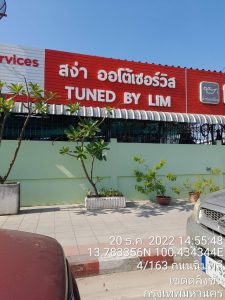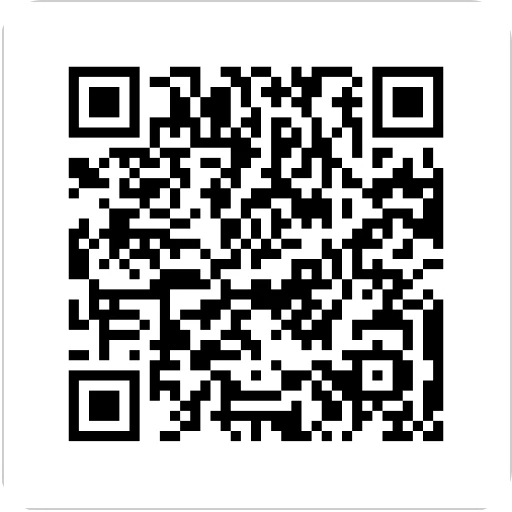1. Documentary Data
Data Collection from documents data is a first step in research. Specific using documents to analyze research problems. Benefits in 3 steps, first step the researcher will be able to the problem to be researched more clearly after reading the documents that have issues related to the research problem in detail. Second step, researcher will know the problems that will be researched, research already been done or research has been done on some of the issues. Final step, researcher will choose an appropriate research method.
2. Field Data
Field Data is primary data because the researcher must use methods to collect data from sources. And there may be an opportunity to ask facts directly from the informant. There are 3 methods for collecting data are observation, questionnaire and interview. There are 4 commonly used methods for collecting data:
- Use the questionnaire to inquire by the interviewer.
- telephone interview.
- Sending questionnaires by post.
- Questionnaire answered by the informant.
From all 4 methods, classified according to the relationship between the data collector and the informant can be separated into 2 main methods:
1. Interview from a person directly. Researcher or interviewer will inquire directly from the interviewee. The interview method may be used by phone but there is a limitation that it is not possible to ask a lot of information.
2. Send the questionnaire to the researcher. It is an economical method but there are limitations that can’t be used with people with low education or no education. Although being able to read the questionnaire may cause a misinterpretation.
The first method will cost more than the second method but there will be less difficulty in answering the problem. Because the interviewer can inquire and give a description of the problem to the researcher In case of not understanding the question.






